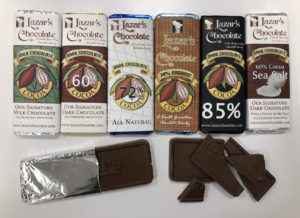 Chocolate has long been a favorite indulgence, but did you know it can also give your mood a boost? This delicious treat, especially dark chocolate, is more than just a sweet snack. It contains compounds that can positively impact your mental health and well-being. In this article, we’ll explore how chocolate can elevate your mood and why it’s more than just a guilty pleasure.
Chocolate has long been a favorite indulgence, but did you know it can also give your mood a boost? This delicious treat, especially dark chocolate, is more than just a sweet snack. It contains compounds that can positively impact your mental health and well-being. In this article, we’ll explore how chocolate can elevate your mood and why it’s more than just a guilty pleasure.
How Chocolate Boosts Your Mood
- Releases “Feel-Good” Chemicals
Chocolate, particularly the dark variety, stimulates the release of several key chemicals in the brain, including serotonin, dopamine, and endorphins. These neurotransmitters are known for creating a feeling of happiness, pleasure, and relaxation. Serotonin, in particular, is a well-known mood regulator, and higher levels of it in the brain are linked to improved mood and reduced anxiety.
- Contains Theobromine and Caffeine
Chocolate contains theobromine, a compound that provides mild stimulating effects, similar to caffeine, without the jitteriness. This boost in alertness can enhance both your mood and mental performance. The small amount of caffeine in chocolate also gives you a gentle pick-me-up, which can be particularly helpful when you’re feeling sluggish.
- Rich in Antioxidants
Dark chocolate is packed with antioxidants, specifically flavonoids, which are known to reduce inflammation and improve blood flow to the brain. Increased blood flow can enhance cognitive function and help you feel more focused and energized. Additionally, antioxidants play a role in protecting your brain from oxidative stress, potentially reducing the risk of depression.
- Boosts Endorphin Production
Endorphins are often called the body’s natural painkillers, but they also trigger positive feelings in the body. Eating chocolate can stimulate the brain to produce these endorphins, helping to create a sense of euphoria and joy. This is why chocolate is often associated with comfort food.
- Reduces Stress Levels
When you’re feeling stressed, reaching for a piece of chocolate might be more helpful than you think. Chocolate has been shown to lower levels of cortisol, the body’s main stress hormone. Studies have found that regularly consuming small amounts of dark chocolate can lead to reduced stress, anxiety, and fatigue.
Why Dark Chocolate Is Best
While all chocolate can provide mood-boosting benefits, dark chocolate is the healthiest option. It contains a higher concentration of cocoa, which means it has more of the beneficial compounds mentioned above. Milk chocolate, on the other hand, contains more sugar and fat, which can lead to an energy crash and negate some of the positive effects.
To experience the full benefits of chocolate, aim for dark chocolate that contains at least 70% cocoa. This ensures you’re getting a higher dose of flavonoids, theobromine, and other beneficial chemicals.
Tips for Incorporating Chocolate Into Your Diet
- Start your day with a chocolate smoothie: Blend dark chocolate or cocoa powder into your morning smoothie for a delicious mood-lifting breakfast.
- Enjoy chocolate as a post-lunch treat: A small piece of dark chocolate after lunch can help combat afternoon fatigue and keep you focused for the rest of the day.
- Make dark chocolate your go-to snack: Swap out sugary snacks for a square of dark chocolate when you need a quick pick-me-up.
- Bake with dark chocolate: Try incorporating dark chocolate into healthier desserts, like whole grain brownies or oatmeal cookies.
Conclusion
Chocolate isn’t just a tasty treat—it can also be a natural way to enhance your mood and support your mental health. With its unique combination of mood-boosting compounds, dark chocolate is a delicious and healthy way to improve your emotional well-being. So, the next time you’re feeling a little down, reach for a piece of dark chocolate and let its uplifting effects do the trick!
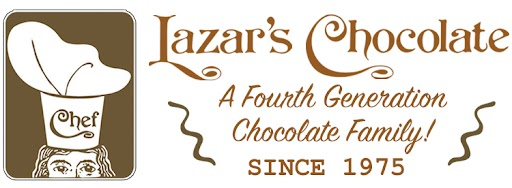

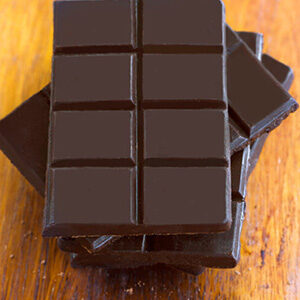 Chocolate, often seen as a guilty pleasure, is more than just a sweet treat. In moderation, chocolate—particularly dark chocolate—offers several health benefits that can make it a worthwhile addition to your diet. From improving heart health to boosting your mood, here’s why you should consider indulging in chocolate guilt-free.
Chocolate, often seen as a guilty pleasure, is more than just a sweet treat. In moderation, chocolate—particularly dark chocolate—offers several health benefits that can make it a worthwhile addition to your diet. From improving heart health to boosting your mood, here’s why you should consider indulging in chocolate guilt-free.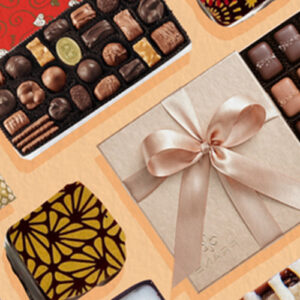 Lazar’s Chocolate is a gourmet chocolate retailer specializing in a wide variety of products, including hand-dipped chocolates, assorted gift boxes, and custom favors for events like weddings and parties. Their offerings include:
Lazar’s Chocolate is a gourmet chocolate retailer specializing in a wide variety of products, including hand-dipped chocolates, assorted gift boxes, and custom favors for events like weddings and parties. Their offerings include: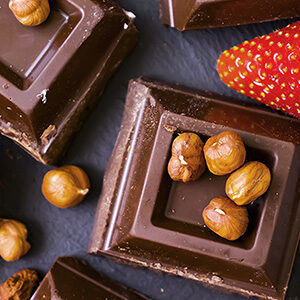
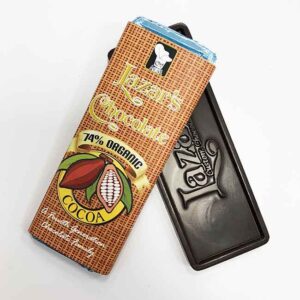 But did you know that chocolate, especially dark chocolate, can offer a range of health benefits? From boosting your mood to supporting heart health, this tasty treat packs more than just flavor. In this article, we’ll explore the many benefits of eating chocolate and why it can be a delightful part of a balanced diet.
But did you know that chocolate, especially dark chocolate, can offer a range of health benefits? From boosting your mood to supporting heart health, this tasty treat packs more than just flavor. In this article, we’ll explore the many benefits of eating chocolate and why it can be a delightful part of a balanced diet. Chocolate is more than just a sweet treat; it’s an experience that tantalizes the taste buds with a symphony of flavors. From the intense bitterness of dark chocolate to the creamy sweetness of white chocolate, each type offers a unique taste profile that caters to different palates. In this guide, we’ll explore the diverse world of chocolate tastes and help you find your perfect match.
Chocolate is more than just a sweet treat; it’s an experience that tantalizes the taste buds with a symphony of flavors. From the intense bitterness of dark chocolate to the creamy sweetness of white chocolate, each type offers a unique taste profile that caters to different palates. In this guide, we’ll explore the diverse world of chocolate tastes and help you find your perfect match.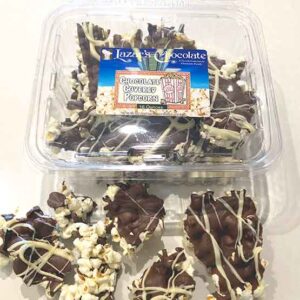 Why You Should Indulge in Chocolate: A Sweet Investment
Why You Should Indulge in Chocolate: A Sweet Investment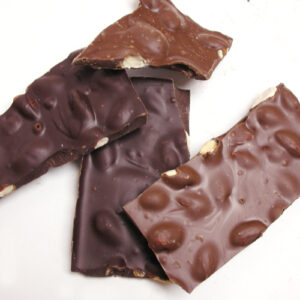 Chocolate, the timeless indulgence that delights our senses and soothes our souls, has been a beloved treat for centuries. Whether you’re a connoisseur or a casual enthusiast, finding the perfect chocolate can be an art. In this guide, we’ll explore the world of chocolate, helping you make informed choices and discover new favorites. Let’s dive into the rich, velvety world of chocolate and unlock the secrets to selecting the best one for your taste buds.
Chocolate, the timeless indulgence that delights our senses and soothes our souls, has been a beloved treat for centuries. Whether you’re a connoisseur or a casual enthusiast, finding the perfect chocolate can be an art. In this guide, we’ll explore the world of chocolate, helping you make informed choices and discover new favorites. Let’s dive into the rich, velvety world of chocolate and unlock the secrets to selecting the best one for your taste buds.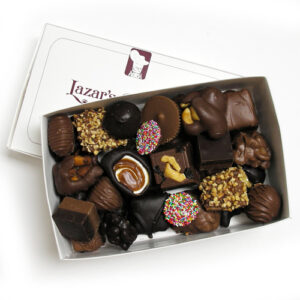 The best chocolate ingredients contribute to its flavor, texture, and quality. Here are some key ingredients to look for:
The best chocolate ingredients contribute to its flavor, texture, and quality. Here are some key ingredients to look for: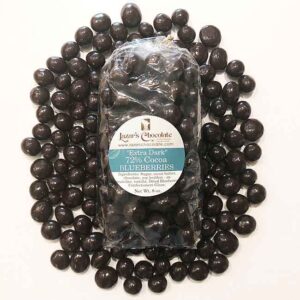 High cocoa chocolate, often referred to as dark chocolate, typically contains a higher percentage of cocoa solids and less sugar compared to milk chocolate. Here are some key points about high cocoa chocolate:
High cocoa chocolate, often referred to as dark chocolate, typically contains a higher percentage of cocoa solids and less sugar compared to milk chocolate. Here are some key points about high cocoa chocolate:
Recent Comments